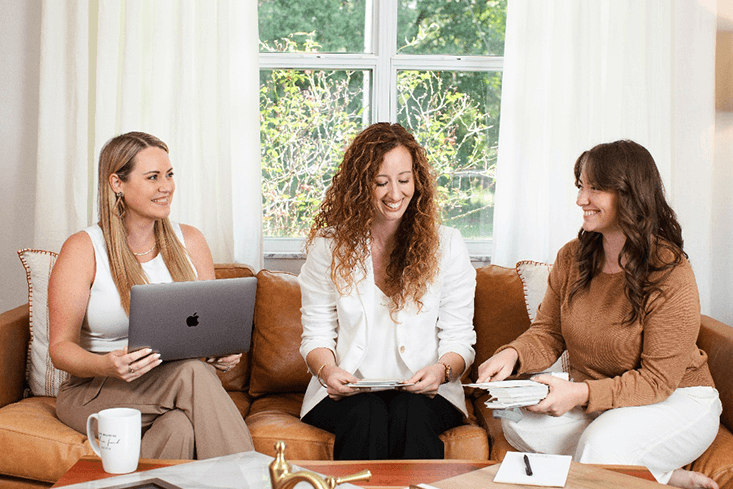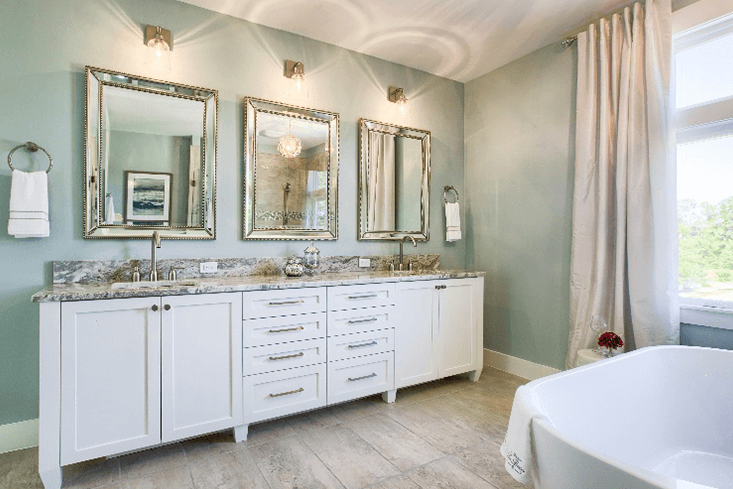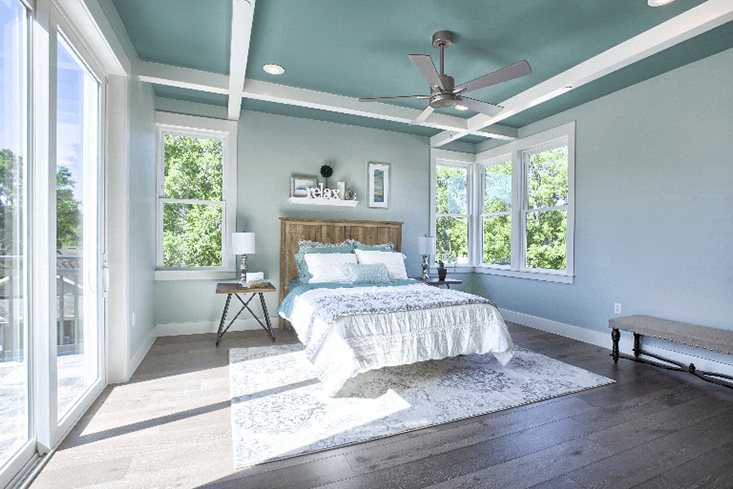Your home is more than a place to live —it’s a powerful influence on your emotions, energy, and overall well-being. The psychology of home design shows that everything from layout to color choice can impact how you feel each day. By understanding a few key principles, you can create spaces that nurture a happier, healthier mindset.
1. Color and Emotion
Colors trigger emotional responses almost instantly. Soft blues and greens create calm and relaxation, while yellows can boost energy and optimism. Dark, heavy colors may feel cozy to some but overwhelming to others. Choosing the right palette for each room helps set the tone you want to feel when you walk in.
2. Layout and Flow
An open, uncluttered layout promotes a sense of freedom and ease. Tight, crowded spaces can cause stress and frustration. Think about how you move through your home —clear pathways and thoughtfully arranged furniture can improve both physical and mental flow.
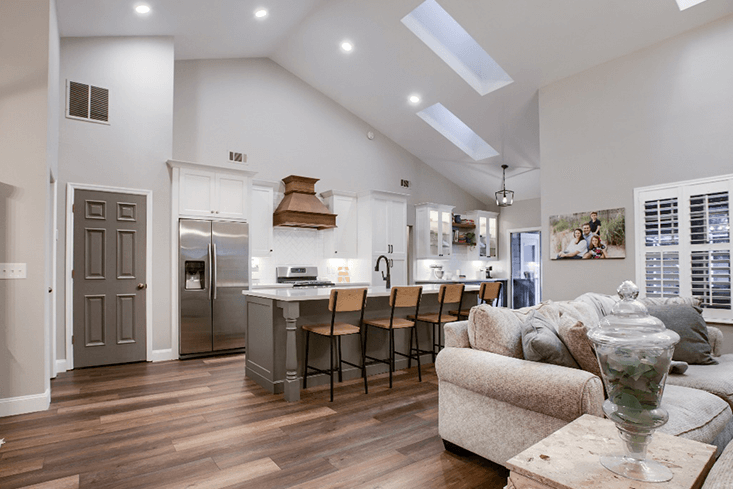
Natural light lifts spirits and boosts focus, while dark, poorly lit rooms can drain your energy. Maximize sunlight wherever possible, and use layered lighting (overhead, task, and accent lights) to create a warm, inviting atmosphere after sunset.
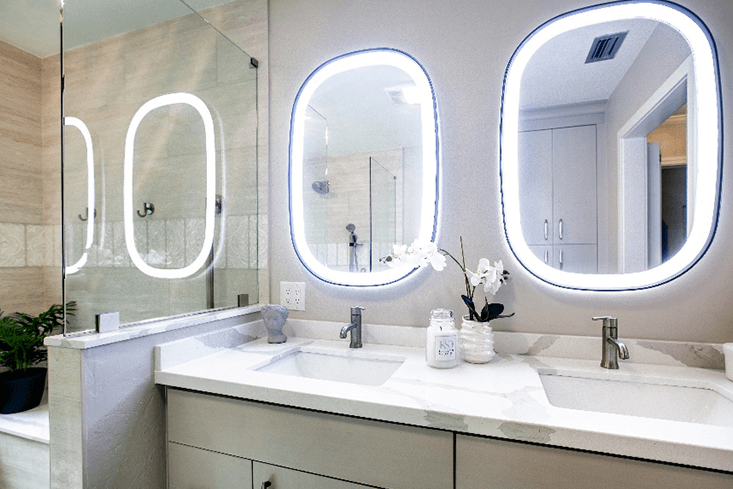
3. Personalization and Comfort
Surrounding yourself with meaningfulobjects —family photos, artwork, favorite textures —reinforces a sense of belonging and happiness. Comfort is key: spaces that feel “too perfect” can actually increase anxiety.
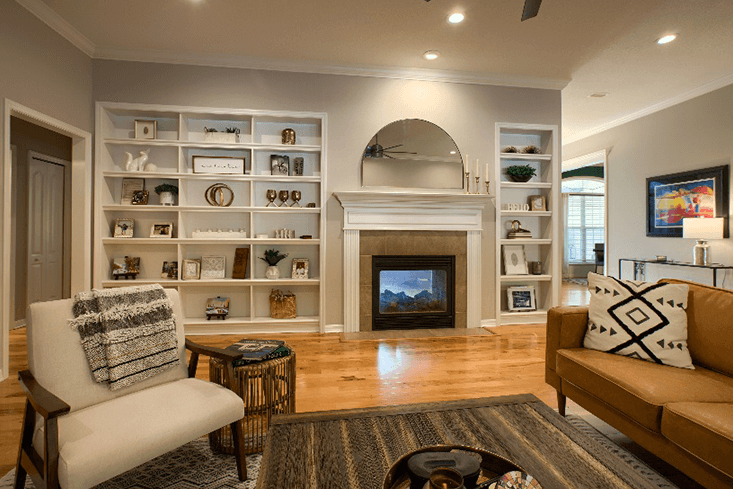
Final Thought
Your environment shapes your daily experience. Designing a home that feels peaceful, inspiring, and personal isn’t just about style —it’s about emotional well-being. Small, thoughtful choices can have a big impact on how you live and feel every day.
